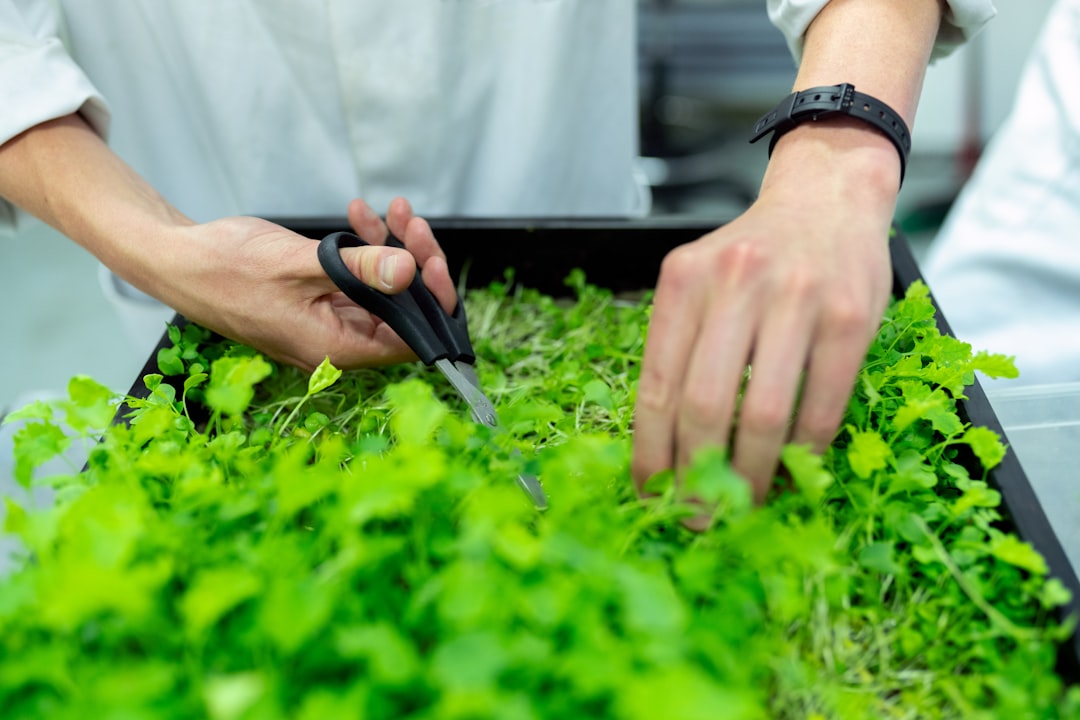What is it about?
An estimate of appropriate areas for crop production is highly desirable in Ecuador and many other parts of the world for achieving optimum utilization of the available natural resources. Lack of knowledge on best methodologies of coffee management applicable to local conditions has contributed to the inefficient use of land area. This study aimed to develop maps of suitable areas for coffee production in Ecuador. The study was conducted over an area of 800 km2 approximately, where Geographic Information System (GIS) methodology proposed by the official government agency and Multi-criteria evaluation (MCE) was applied. Different parameters such as hydrology, climate, and crop information were considered. Maps were validated in the field with a biophysical characterization on the coffee plots. Also, four suitability classes were defined to describe coffee production: suitable, moderately suitable, marginally suitable, and not suitable areas. More than 50% of study area is suitable and moderately suitable for coffee crop production with the two analyzes (GIS and MCE).
Featured Image
Why is it important?
It is important by describe new methodology of estimation to increase production areas in regions with limited data.
Perspectives
The idea is continue working to improve proposals of modeling in areas for the improvement of agricultural production.
Dr. Pablo A. Ochoa
Universidad Técnica Particular de Loja
Read the Original
This page is a summary of: Estimation of Suitable Areas for Coffee Growth Using a GIS Approach and Multicriteria Evaluation in Regions with Scarce Data, Applied Engineering in Agriculture, January 2017, American Society of Agricultural and Biological Engineers (ASABE),
DOI: 10.13031/aea.12354.
You can read the full text:
Resources
Contributors
The following have contributed to this page










